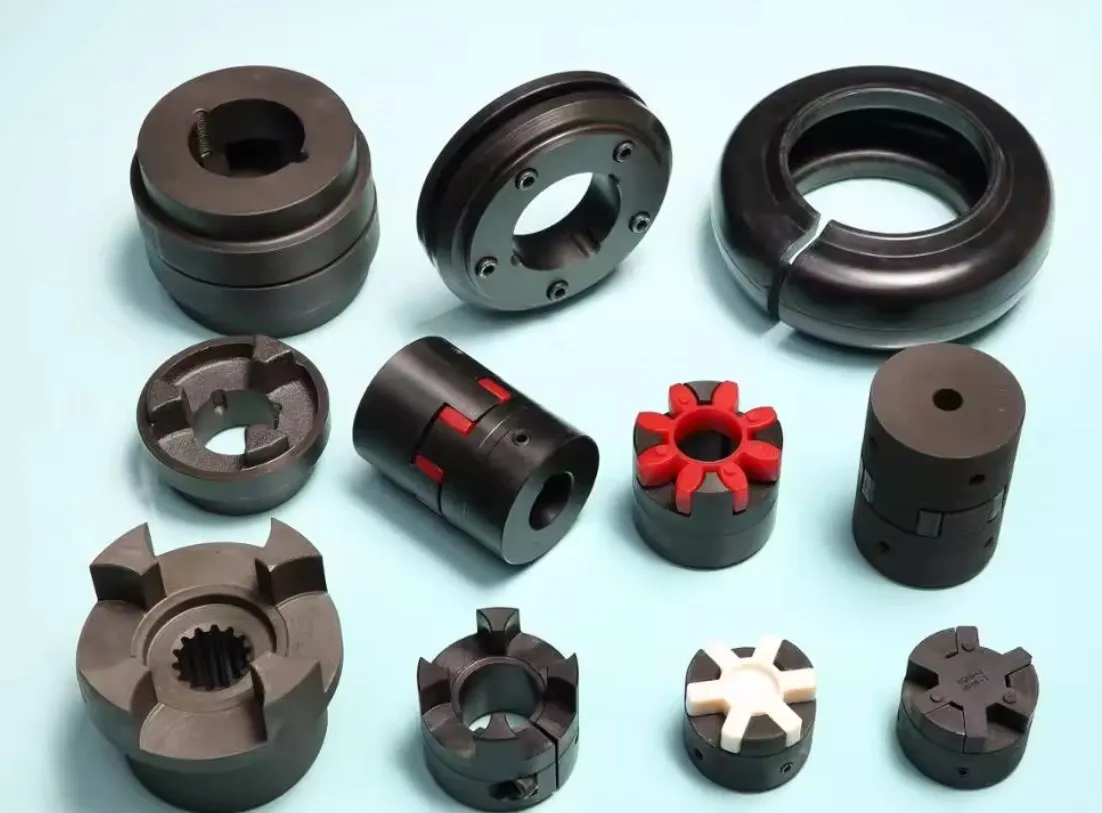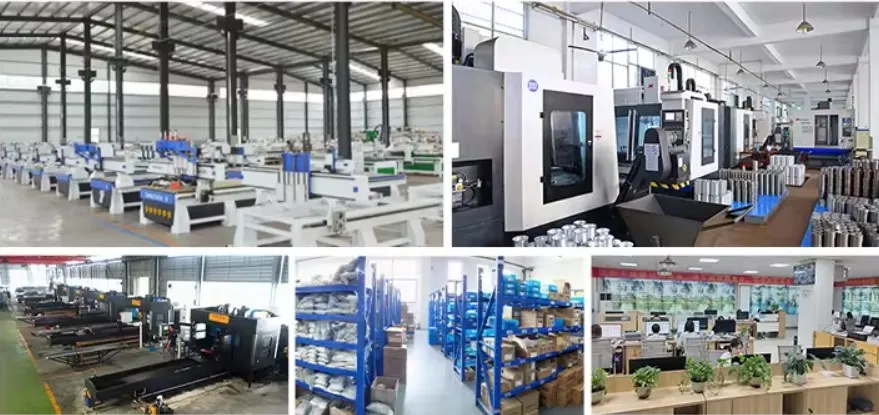Elastomeric Coupling for Art Restoration Tools
Introduction to Elastomeric Couplings
Elastomeric couplings are pivotal components in modern machinery, serving as connectors that accommodate misalignment and absorb shocks. Their application spans various industries, including art restoration tools, where precision and delicacy are paramount.
Understanding the Mechanics of Elastomeric Couplings
Elastomeric couplings function by using an elastic element to transmit torque between two shafts. The elasticity allows for flexibility, reducing the transmission of vibrations and shocks, which is crucial in art restoration tools.
History of Elastomeric Couplings in Art Restoration
The integration of elastomeric couplings into art restoration tools began in the early 20th century. These couplings have since evolved, offering enhanced performance and reliability, essential for preserving delicate artworks.
Types of Elastomeric Couplings
There are several types of elastomeric couplings, including jaw couplings, spider couplings, and tire couplings. Each type has unique characteristics that make it suitable for specific applications in art restoration.
Advantages of Using Elastomeric Couplings in Art Restoration
Elastomeric couplings provide numerous advantages in art restoration, such as reducing operational noise, minimizing wear and tear on equipment, and ensuring precise movement control, which is essential for delicate restoration tasks.
Materials Used in Elastomeric Couplings
Common materials for elastomeric elements include rubber, polyurethane, and silicone. The choice of material affects the coupling’s properties, such as elasticity, durability, and resistance to environmental factors.
Elastomeric Couplings and Vibration Damping
One of the primary benefits of elastomeric couplings is their ability to dampen vibrations. This is particularly important in art restoration, where vibrations can damage sensitive artifacts.
Installation and Maintenance of Elastomeric Couplings
Proper installation and regular maintenance of elastomeric couplings are critical to ensure their optimal performance. This includes aligning shafts correctly and periodically inspecting the elastic element for wear.
Case Studies of Elastomeric Couplings in Art Restoration
Several case studies demonstrate the effectiveness of elastomeric couplings in art restoration tools. These studies highlight improvements in precision and the reduction of mechanical stress on delicate artifacts.
Future Trends in Elastomeric Couplings for Art Restoration
Future trends suggest the development of advanced elastomeric materials and smart couplings that can adapt to changing conditions, further enhancing their application in art restoration.
Customizing Elastomeric Couplings for Specific Restoration Tasks
Customization of elastomeric couplings allows for tailoring their properties to specific restoration tasks. This includes selecting the appropriate material and designing the coupling to fit the unique requirements of the restoration tool.
Challenges in Using Elastomeric Couplings in Art Restoration
Despite their benefits, elastomeric couplings also present challenges, such as material degradation over time and the need for precise alignment. Addressing these challenges is essential for their effective use in art restoration tools.
Comparing Elastomeric Couplings with Other Types of Couplings
Compared to rigid and flexible couplings, elastomeric couplings offer a balance of flexibility and strength, making them ideal for applications that require both precision and durability, such as art restoration.
Environmental Considerations for Elastomeric Couplings
The environmental impact of elastomeric couplings is influenced by the materials used and their lifecycle. Sustainable practices in manufacturing and maintenance can reduce their environmental footprint.
Conclusion
Elastomeric couplings play a vital role in the precision and reliability of art restoration tools. Their ability to absorb shocks, dampen vibrations, and accommodate misalignment makes them indispensable in preserving delicate artworks.

What are the benefits of elastomeric couplings?
Elastomeric couplings offer several benefits, including superior vibration damping, noise reduction, and the ability to accommodate misalignment between connected shafts. These features help to extend the lifespan of the connected equipment and ensure smoother operation.

How to Choose the Right Elastomeric Coupling
Choosing the right elastomeric coupling involves several key considerations:
- Torque Requirements: Determine the torque that needs to be transmitted to ensure the coupling can handle the load.
- Misalignment Tolerance: Evaluate the amount of angular, parallel, and axial misalignment the coupling can accommodate.
- Environmental Conditions: Assess the operating environment, including temperature, humidity, and exposure to chemicals, to select a suitable material.
- Speed of Operation: Consider the rotational speed of the shafts to ensure the coupling can operate effectively without excessive wear.
- Space Constraints: Measure the available space for the coupling to ensure it fits within the designated area.

What is one of the advantages of the elastomer coupling?
One of the key advantages of elastomer couplings is their ability to absorb and dampen vibrations, which reduces noise and protects the connected equipment from mechanical stresses. This is particularly beneficial in applications requiring high precision, such as art restoration.
About HZPT
HZPT, located in Hangzhou, Zhejiang Province, is a modern enterprise integrating R&D, learning, production, and foreign trade. We adhere to our core values and the business philosophy of “integrity,” fostering unity, progress, and innovation. We focus on high-tech development, international trade, industrial investment, and domestic and international networks, specializing in the research and innovation of coupling products. Our business spans Asia, Europe, Africa, and North America, aiming to become a globally influential international group.
We specialize in producing a series of coupling products, including drum-shaped couplings, spring pin couplings, serpentine spring couplings, universal couplings, star couplings, expanding couplings, diaphragm couplings, and tire couplings. We have a complete and scientific quality management system and our own technical development and testing department. We hold certificates such as CQC, ISO, and CE, ensuring the quality of our products.
We provide excellent sales services and technical support to over a hundred cooperative enterprises, adhering to the business philosophy of “people-oriented, customer first.” We work sincerely with our customers to achieve mutual development.
Our elastomeric couplings stand out for the following reasons:
- High Durability: Manufactured with high-quality materials, our couplings offer long-lasting performance.
- Precision Engineering: Our couplings are designed to meet stringent standards, ensuring reliability and precision.
- Customization Options: We offer tailored solutions to meet specific application requirements.
- Comprehensive Support: Our team provides thorough technical support and guidance to ensure optimal coupling selection and usage.
- Global Reach: With a presence in multiple continents, we can deliver our products and services to customers worldwide.
